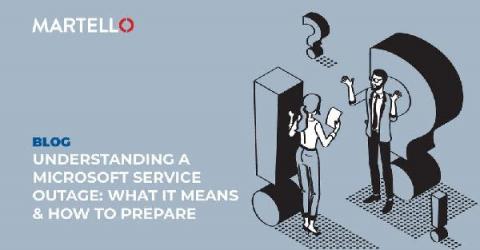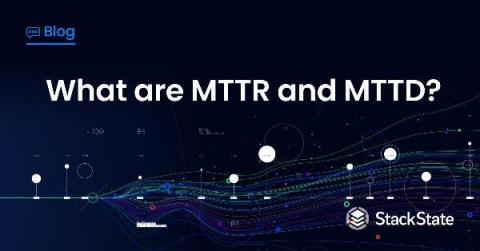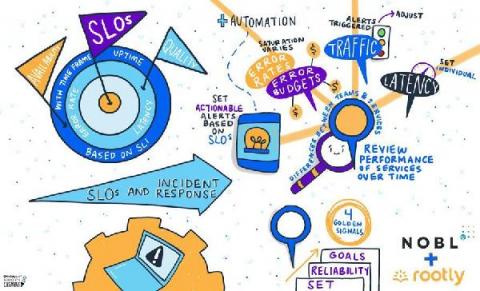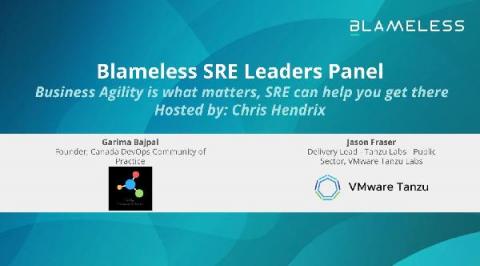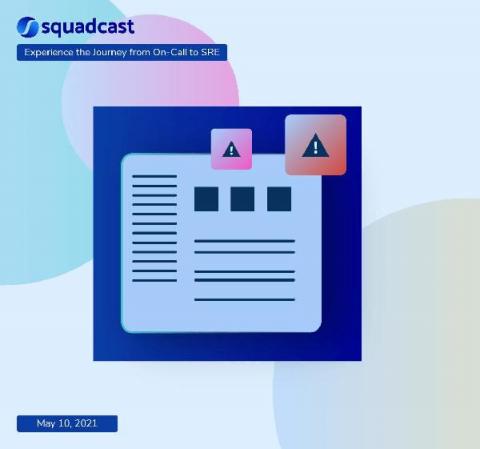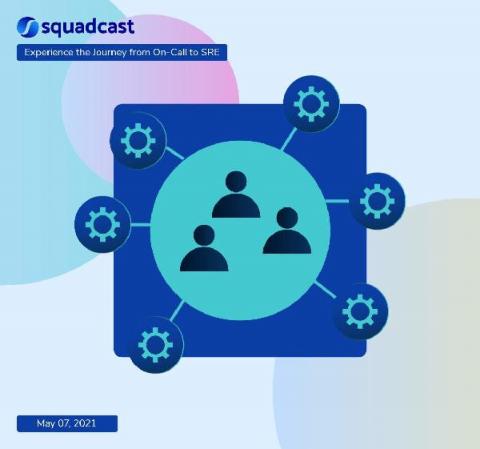SRE Availability Metrics
How available is your website, service, or platform? What must you monitor and measure to ensure availability? How do you translate uptime into availability? This chart has numbers that every Site Reliability Engineer (SRE) should know. Below the chart, you will find answers to commonly asked questions about SRE and associated metrics.



